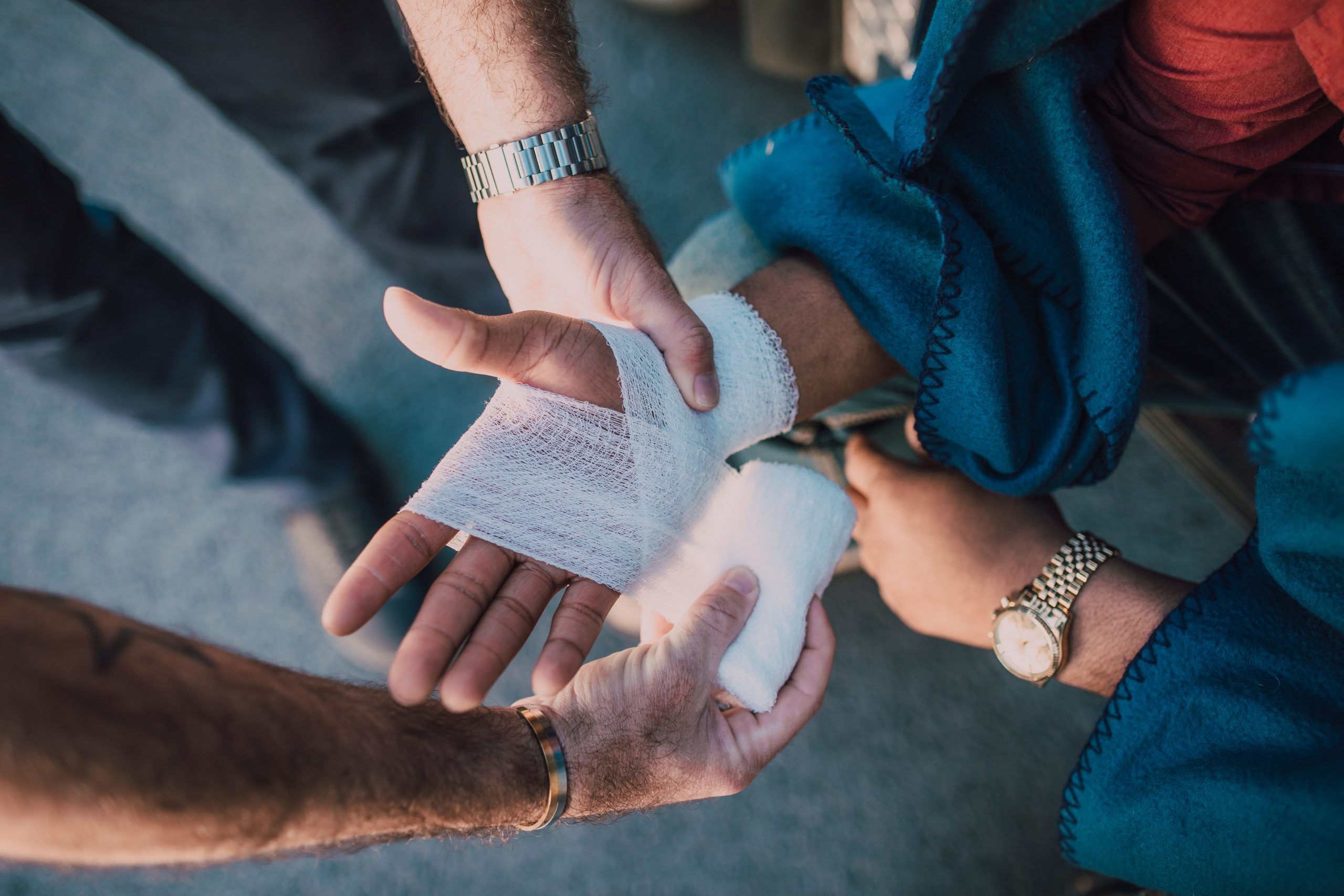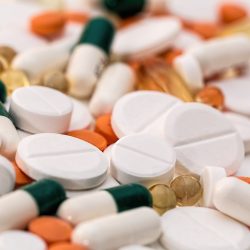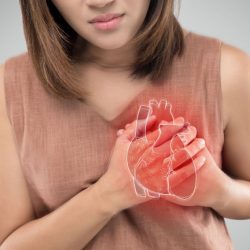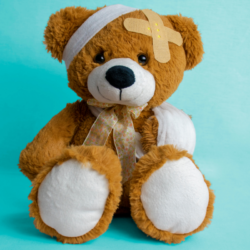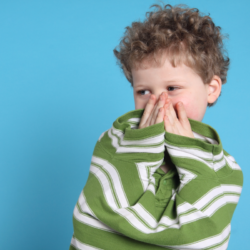What is the conduct to take in case of a burn? And how do you treat her?
Let’s start with the role of the skin
In order to prevent a burn from getting infected automatically, the skin plays an indispensable role in ensuring this function. It acts as a barrier, both mechanical, chemical and bacterial. The cohesion of the cells of the corneal layer and the rapid renewal of keratinocytes limit bacterial colonization.
When the skin undergoes alteration or dysfunction such as a burn, a pathological process can occur, including an infection involving microbial flora.
The healing of a burn progresses in three main phases:
- First, the exudative phase
- Second, the proliferation phase
- Finally, the healing phase
An inflammatory process exists throughout healing, but is most pronounced in the early stages. This inflammation prevents the spread of lesions (vascular phase) and ensures a phase of detersion (granulomatous phase). It is also involved in the epidermization and remodeling phase.
|
Healing steps |
||||
| Time interval |
10 minutes to 4 days |
Day 4 to Day 6 |
Day 6 to Day 10 |
10th to 20th day |
| Step |
Exudation, unearthment |
Budding |
Epidermization or epithelialization |
Remodeling |
| Characteristic |
Erythema, edema |
Red and grainy |
Dew |
Rose and elastic skin |
| Process |
Inflammation, plasma exudate, hemostasis |
Fundamental substance production, endothelial buds, neovascularization |
Migration, multiplication and differentiation of keratinocytes. Creating a functional epidermis from the edges of the wound |
Skin contraction, reorganization of blood vessels, reappearance of appendages |
| Cells in play and function |
Leukocyte and macrophage flow, cleansing of dead tissue and bacteria |
Fibroblasts (collagen producers) become mobile and contractile (myofibroblasts). Endothelial cells (epidermal buds) |
Keratinocytes |
Fibroblasts and differentiated cells |
Tips and conduct
Watch out for the sun
A scar must be protected from the sun and UV (cabins) for the duration of its evolution, as long as it is red or pink. Indeed, UV causes a disorder of collagen synthesis, an epidermal hypertrophy, lesions of membranes (generation of free radicals) and stimulate the production of melanin. The healing process is disrupted. A bronze scar will keep a permanent pigmentation and there is a risk of hypertrophic or atrophic scars (acne). Use a maximum of 50-plus sunscreen on any recent scar, but also in cases of acne, herpes pimple, chickenpox, etc.
Put the burnt part in cold water for at least 10 minutes to limit the lesions. Follow the rule of 3 times 10 (10 minutes to water at 10oC and 10cm from the lesion). In practice, run cold tap water over the affected area. Cooling a burn calms the pain, limits the depth of the lesion and reduces inflammation.
-
When rinsing, remove clothing around the affected area, with the exception of those that adhere to the skin (e.g. synthetic clothing). Also rem ove rings, bracelets, watches and shoes from the burned limb, which interfere with the circulation of blood during edema.
-
After cooling the burn, clean the wound (only in case of first and second degree burns) with soapy water, physiological serum or a diluted, colorless antiseptic such as Chlorhexidine, then rinse.
-
Cover the wound with cl ean tissue to prevent it from getting dirty.
-
Remove all accessories that can make withers (rings, watches, etc.)
-
Don’t pierce blisters
-
Avoid the application of unsuitable foods: milk, butter, toothpaste, honey …
How do I treat a burn?
A burn is an abnormal rise in skin temperature as a result of a physical, thermal, chemical, electrical or ionizing radiation agent. It destroys all or part of the skin lining on a variable extent.The burns are classified in different stages, depending on their severy. Only first- and second-degree burns can be treated in the city. Third degree burns should be treated in hospital
Treatment to be undertaken only after the first emergency actions described above
What is a burnt man?
We’re talking about big burns if:
- the body surface reached exceeds 20% (Wallace’s rule of 9).
- locations are life-threatening (face, hands, sensory and genital organs, bending folds). Burns to the face can cause rapid swelling, acute respiratory distress, and burns to the hands, for example, can lead to disabling functional damage.
In all cases, in case of suspected severe burn, make the 15.
Medical care will be different depending on the origin of the burn: hot air, steam, boiling water, flame, sun, friction, electricity or chemical.
Complications are related to the loss of skin lining:
-
Liquid losses (risk of hypovolemia)
-
Caloric leaks (metabolic disorders and undernutrition)
-
Risk of infection.
Emmanuel.

